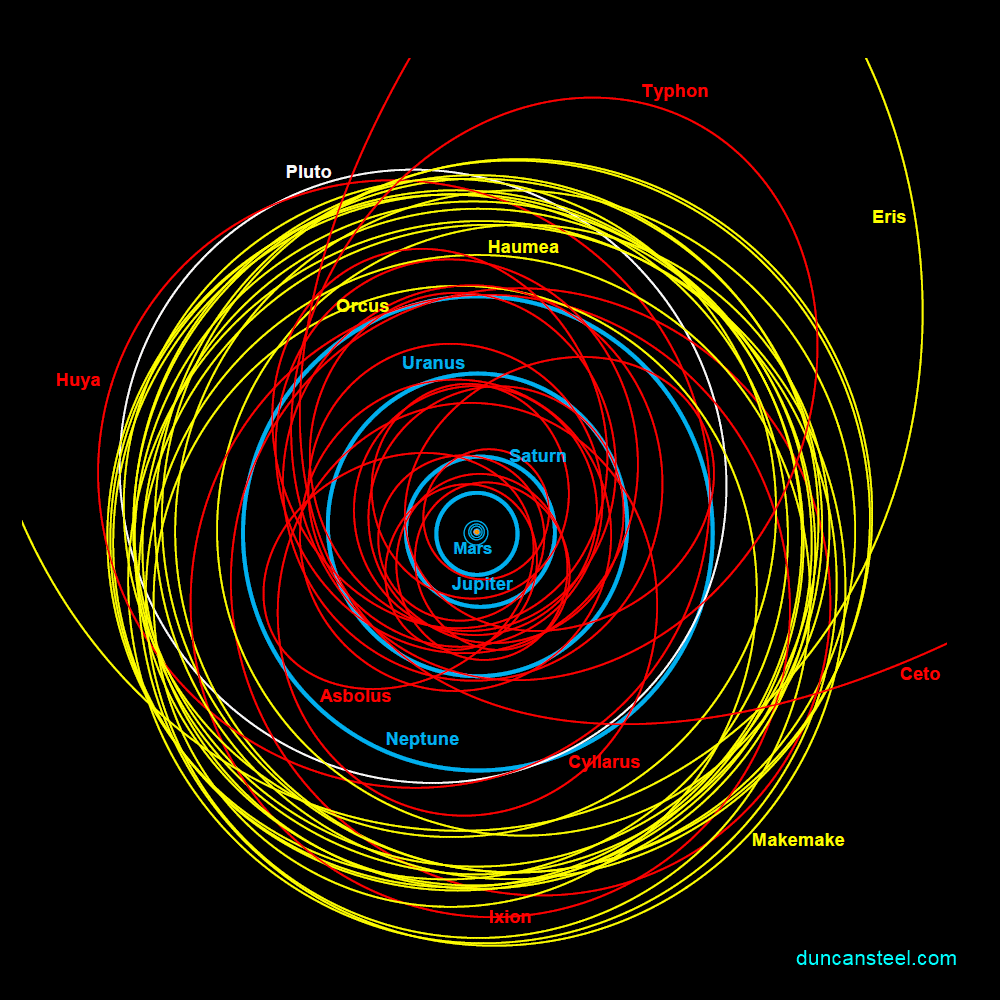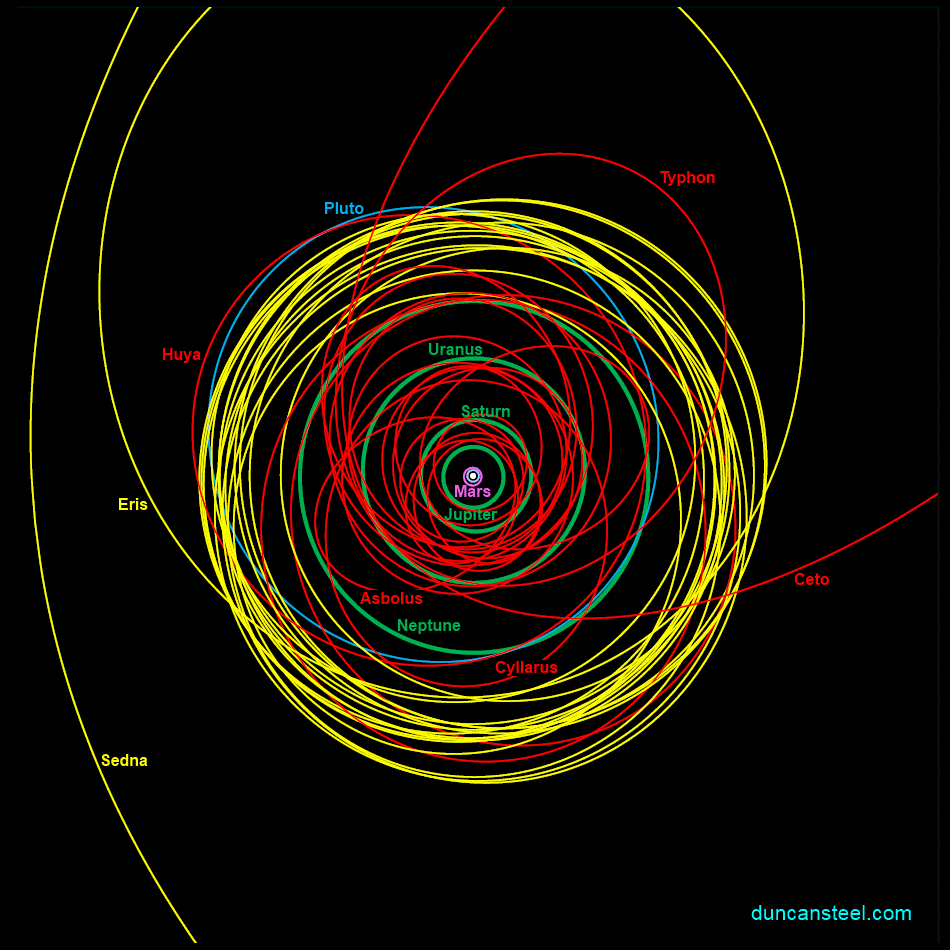MH370 Data Alignment Model
Richard Godfrey
24th November 2015
(Updated 27th November 2015)
Introduction
Many people are frustrated by the lack of a positive outcome in the search for MH370, and a determination of what happened onboard to cause its loss.
Matters (especially in the media) have been confused and confusing because there have been a large number of attempts to pin point the final resting place of MH370 based on the available data. This is understandable because we have information from a number of sources, as follows:
1. Physical Data (Location of Kuala Lumpur Airport, Gate, Runway and various waypoints).
2. Aircraft Flight Plan.
3. Aircraft Performance Data.
4. ATC Transcript.
5. ADS-B Data.
6. ACARS Data.
7. Primary and Secondary Radar Data.
8. Inmarsat Satellite Data.
9. Weather Data.
10. Debris and Drift Data.
11. Fuel Data.
Recognising this, and wanting to assist in clarifying what we know and what we don’t know, I have put together a MH370 Data Alignment Model (Excel spreadsheet, 540 kB) in order to see how many data points are confirmed by more than one of these sources.
A Single Location From Three or More Data Sources
One would think with all this data, we should be able to determine exactly what happened to MH370. However, there is only one data location that is confirmed by three or more data sources and that is the take-off point (which does not help us much to determine what happened to MH370):
a. The ATC Transcript gives the cleared for take-off communication at 16:40:38.
b. The ACARS Position Report at 16:41:43 shows the aircraft at an altitude of 103 feet but 505 metres right of the centre line of Runway 32R.
c. Primary Radar at 16:41:54 (11 seconds later) picks up the aircraft half way down the runway at an altitude of 2 feet above the centre line of Runway 32R.
d. The Inmarsat satellite BTO and BFO data at the time of ACARS Position Report approximately confirms the location given by the Primary Radar.
e. The Aircraft Performance Data also confirms the location (take-off distance) and ground speed (take-off speed) given by the Primary Radar.
As one can see from the above, even this set of data does not completely agree.
[Note on b and c above:
– The runway at Kuala Lumpur is not level, but officially the field elevation is 69 feet above sea level (ASL).
– The Primary Radar indicated an altitude of 2 feet, which may be interpreted to mean 71 feet ASL.
– The ACARS take-off report of 103 feet ASL is a pressure altitude and the calibration may be normalised rather than set against the actual local pressure.
– The difference between those two altitude values is 103 minus 71 = 32 feet.
– That is just half the physical height of the aircraft, and the pressure sensor on the aircraft might be 32 feet off the ground.
– Thus there is no inexplicable discrepancy between b and c in terms of the aircraft altitude, but the transverse discrepancy (ACARS indicating the aircraft to be 0.5 km to the side of the runway when it was obviously on the runway) remains.]
Only Three Post-IGARI Locations Based On Two Data Sources
Following take-off there are 70 data points where two sources agree. However, 67 out of those 70 data points are prior to reaching the waypoint IGARI. Therefore we do not have a problem thinking that MH370 flew 38.6 minutes to waypoint IGARI (which also does not help us much to determine what happened to MH370); it is what happened thereafter which is the problem, due to lack of data.
Near IGARI the mystery begins (no VHF, no handover to Vietnam ATC, no transponder, no ACARS, no SATCOM, departure from Flight Plan).
Let me consider now the remaining three locations (for which two data sources agree) post-IGARI.
A. The first location is in the Straits of Malacca, 67.7 minutes after waypoint IGARI, flying in almost the opposite direction at a point where the aircraft weight is finally down to the maximum allowed landing weight (assuming no fuel was dumped): (a) The Primary Radar data shows the aircraft 10 NM beyond waypoint MEKAR following Flight Route N571 at 18:22:12. (b) The Inmarsat satellite BTO data 195 seconds later matches the aircraft location, direction and ground speed extrapolated from the Primary Radar data. (c) The Inmarsat satellite BTO and BFO data another 168 seconds later matches the aircraft location, direction and ground speed extrapolated from the Primary Radar data.
B. The second location is in the Southern Indian Ocean some 5.8 hours later; this location is defined by: (i) The arc described by the Inmarsat satellite BTO data at 00:19:29 and (ii) the arc described by the fuel range, the intersection of the two arcs giving a location. There are two problems with the Fuel Range data however:
(a) Where is the centre of the arc (or how far did MH370 fly along or near Flight Route N571 toward waypoint IGOGU before turning south)? (b) The precise fuel consumption rates of the MH370 Rolls Royce Trent engines. In addition the data matches a SATCOM log-on at the same time (assuming one accepts the idea that the SATCOM log-ln was the result of fuel exhaustion causing a power interruption). If you wish to match the Inmarsat satellite BFO data, you have to accept that the aircraft had a rate of descent of 5,394 fpm (53 knots) representing an angle of 6.3 degrees below the horizon. The BFO data can be made to fit the other data sources and is therefore not an independent data source.
C. The third location is in the Southern Indian Ocean just eight seconds later; it is defined by: (i) The point where the arc described by the Inmarsat satellite BTO data at 00:19:37 and (ii) the aircraft direction and ground speed extrapolated from the preceding location (B above). This is uncertain because the aircraft may have been turning. Flight simulations have shown that a turn develops after fuel exhaustion. The Inmarsat satellite BFO data can also be made to match, if you accept that the aircraft had a rate of descent of 15,873 fpm (157 knots), representing an angle of 18.8 degrees below the horizon. As mentioned before, the BFO data is not an independent data source.
Conclusion
In summary, we have a lot of data, but not much information based on two or more independent sources: thus there is very little data that helps us to determine precisely what happened to MH370.
We know that, if the aircraft speed profile was maintained between 18:28:12 and 19:41:03, the aircraft did not fly directly south from 18:22:12 to reach the arc described by the Inmarsat satellite data at 19:41:03.
How far the aircraft flew along or parallel to air route N571 toward waypoint IGOGU is the key to determining how far south the aircraft finally ended up.
We can have strong confidence that, for MH370 debris to wash up on Réunion when it did, the aircraft headed into the Indian Ocean.
We know there is a consistent set of single BFO data points indicating that the aircraft was headed southwards from 18:39:53 onwards.
We also know there is a consistent set of BTO and BFO data points from 19:41 onwards indicating that the aircraft proceeded in the same general direction and speed. Brian Anderson showed, in a post published last March (Deducing the Mid-Flight Speed of MH370), that the True Air Speed at the nearest point to the Inmarsat satellite (at about 19:52:15) was around 484 knots and consistent with the final reported ACARS value. Yap Fook Fah showed, in a post also published in March (Autopilot Flight Path BFO Error Analysis), that the BFO data from 19:41 onwards is consistent with an autopilot flight.
At the end of the day, our analysis has the same fundamental limitations as faced by the many others who have put forward their hypotheses. We are trying to connect the dots, except there are too few dots we are really sure about where it most matters. And that, essentially, is why the crash site of MH370 is yet to be identified.

